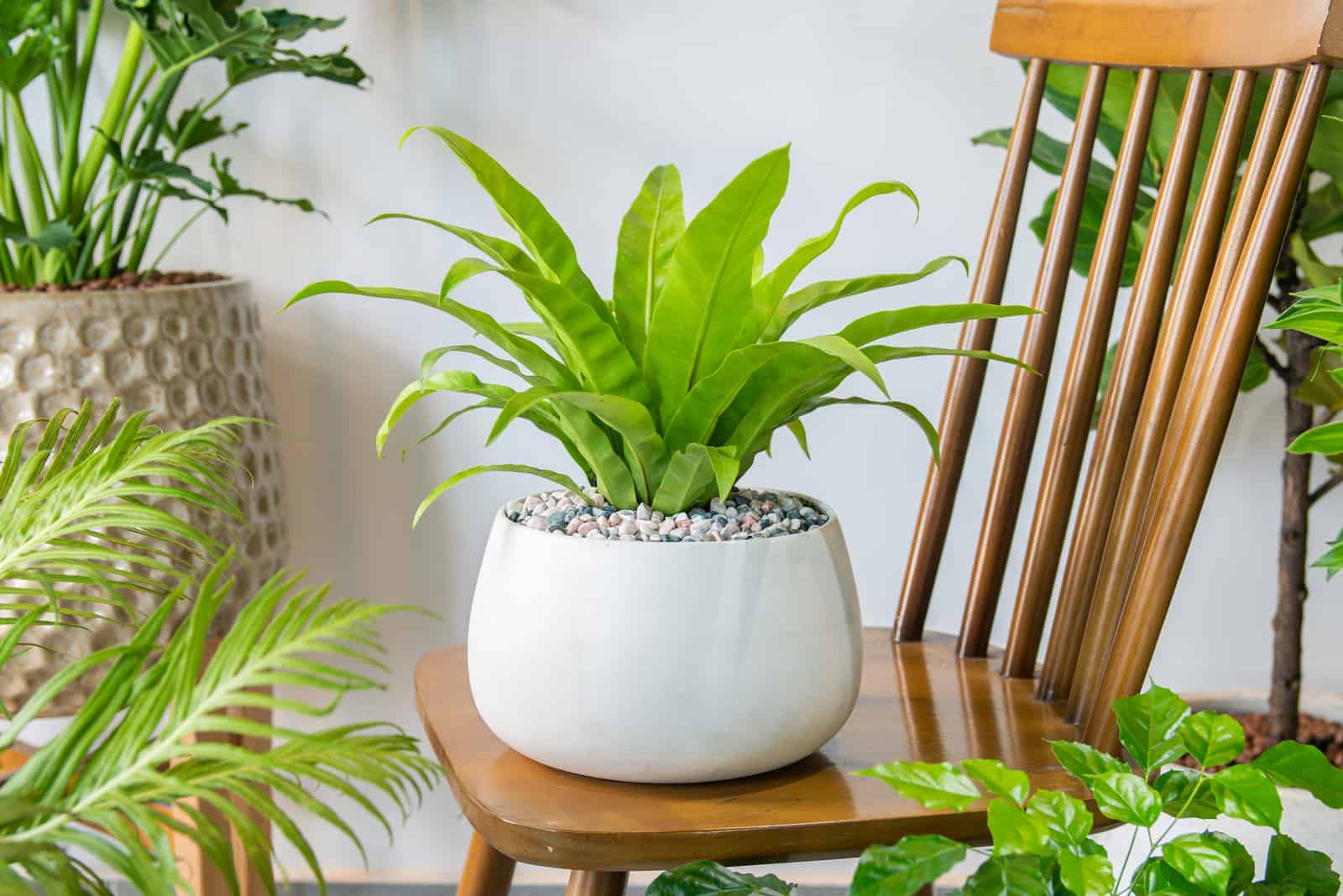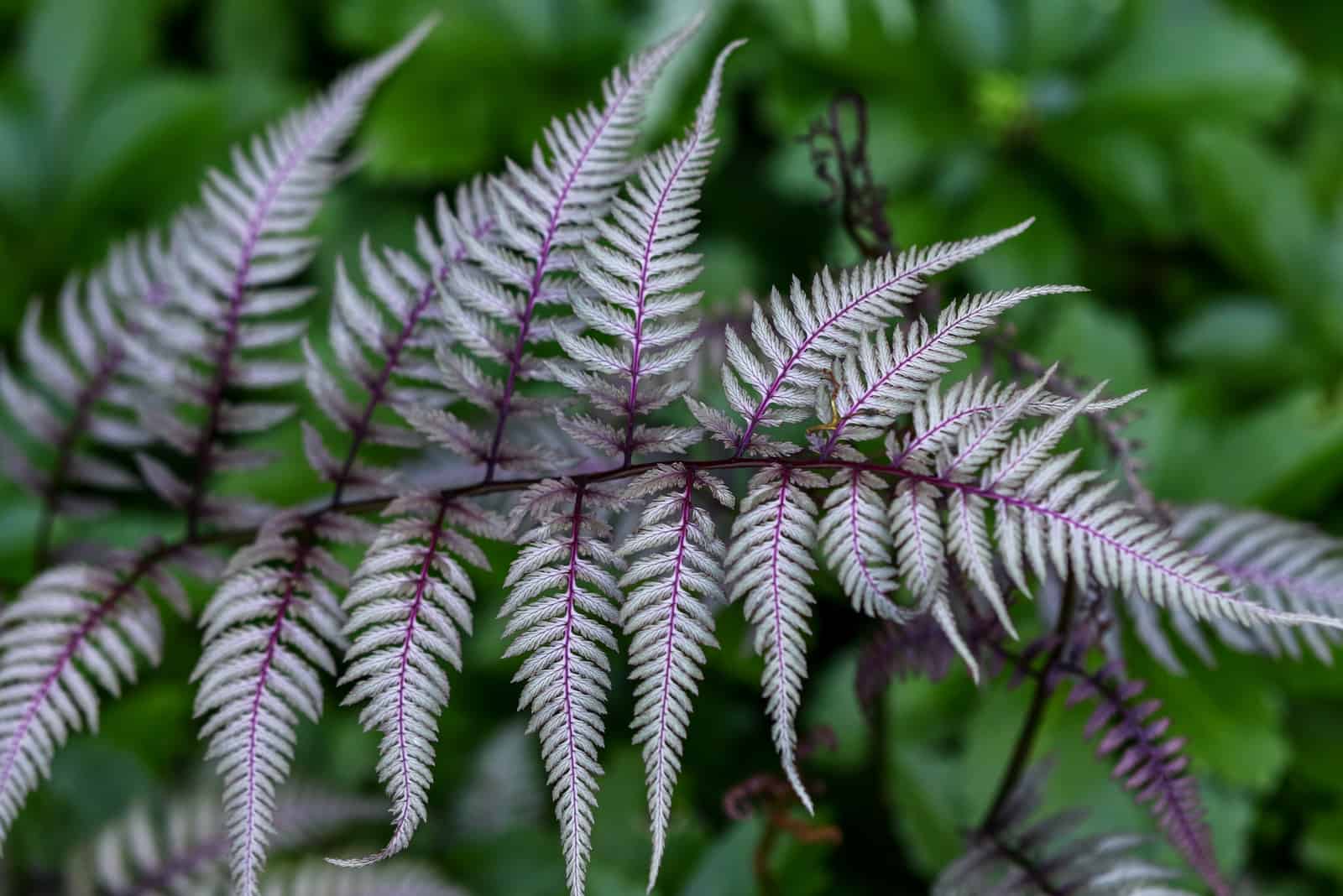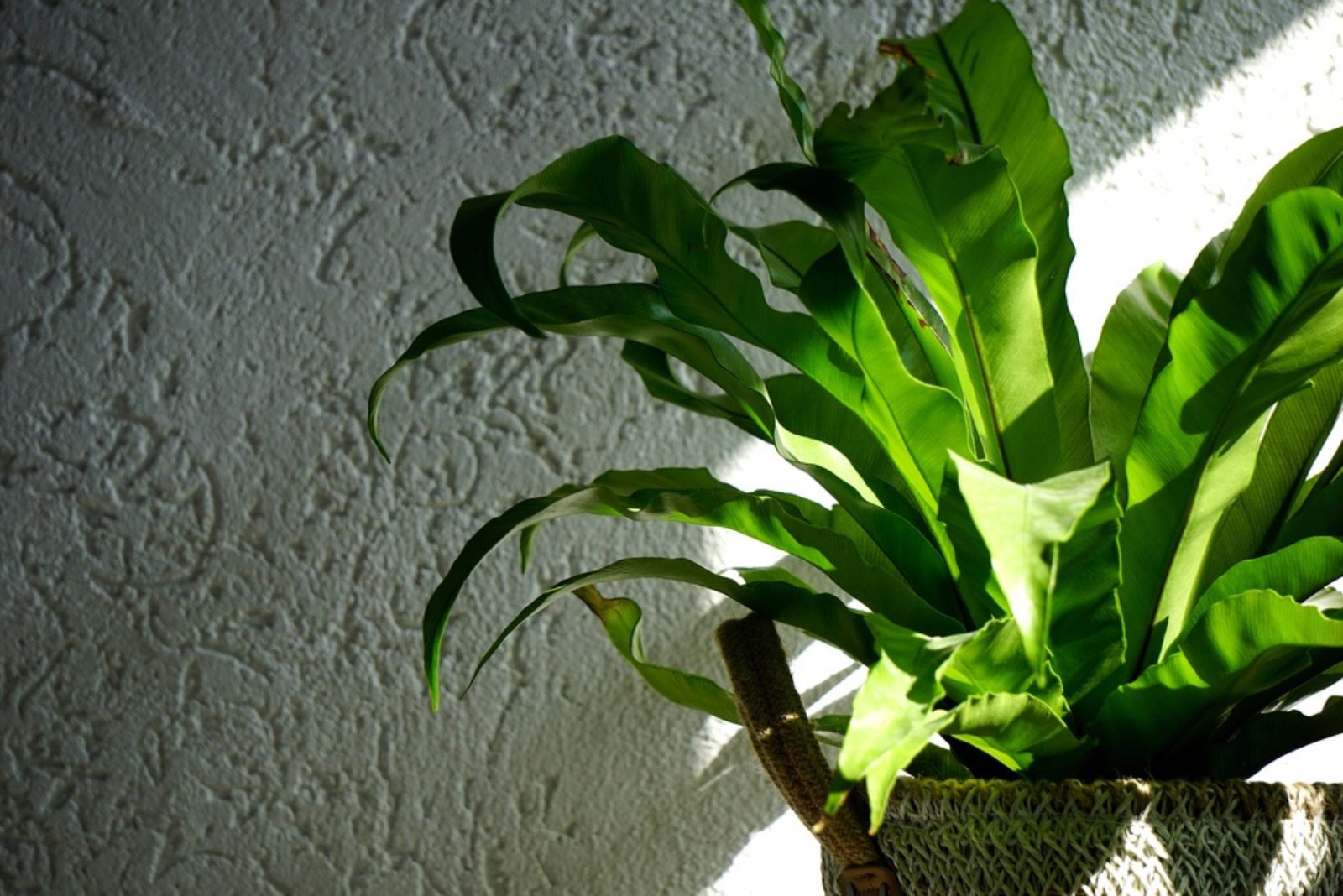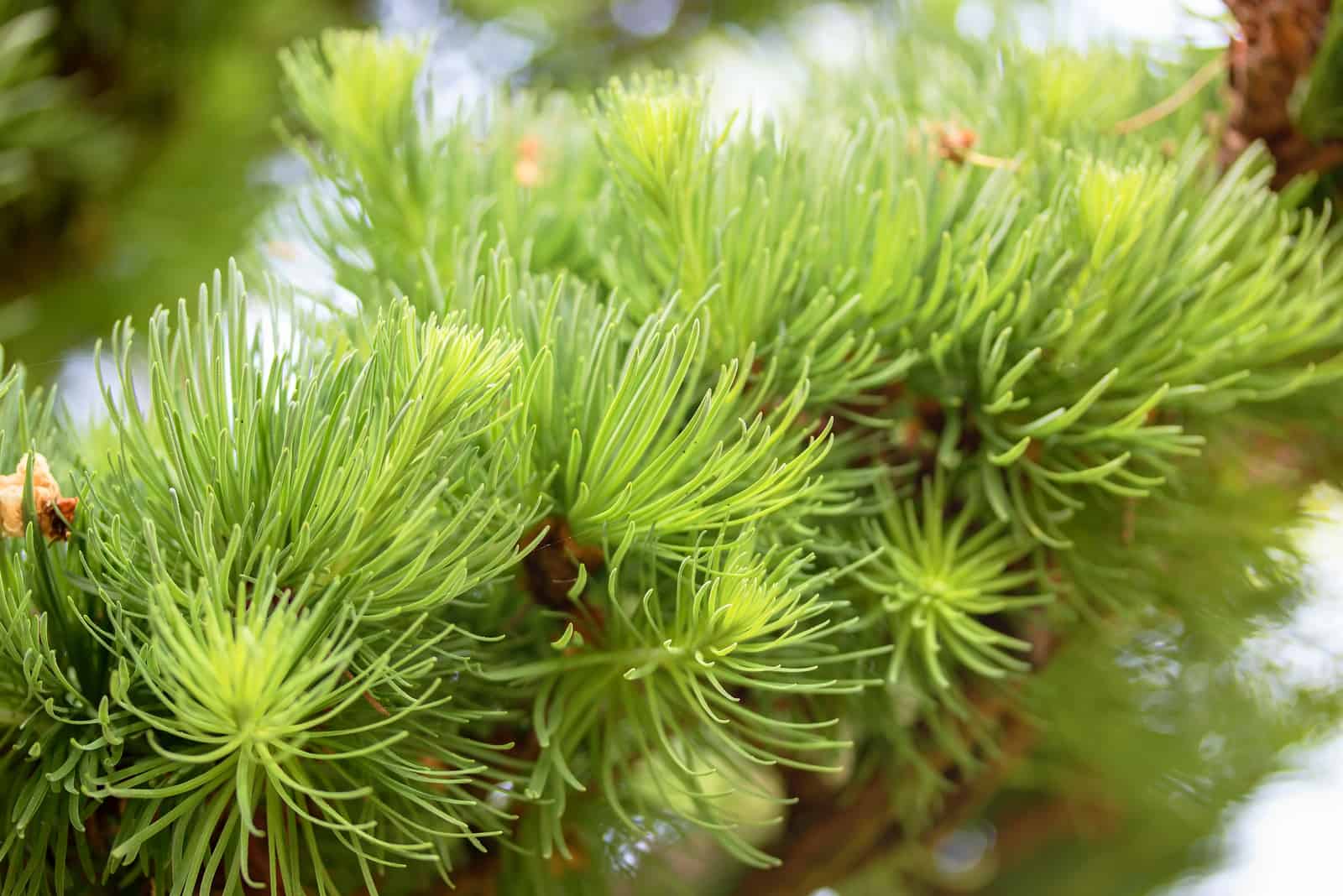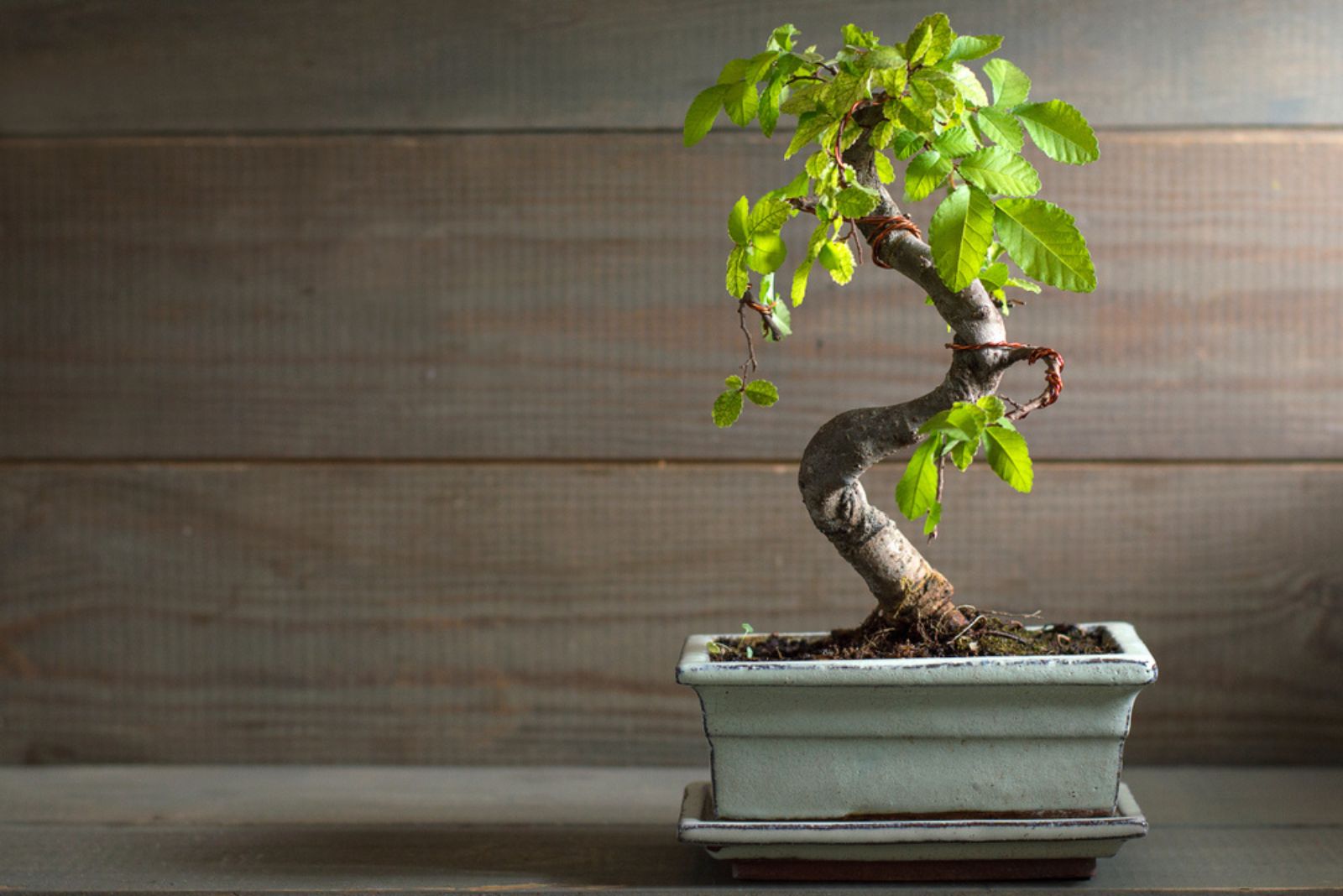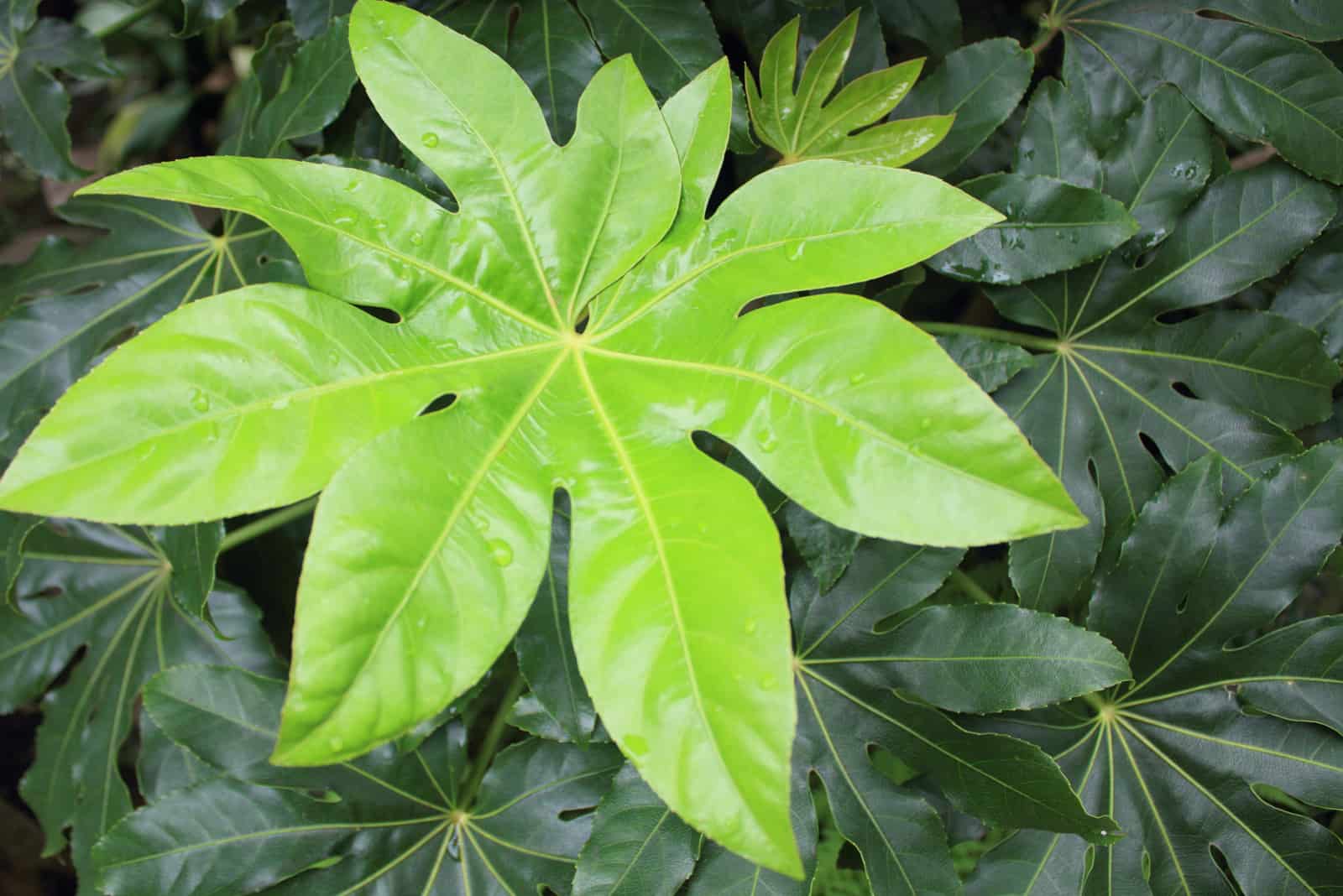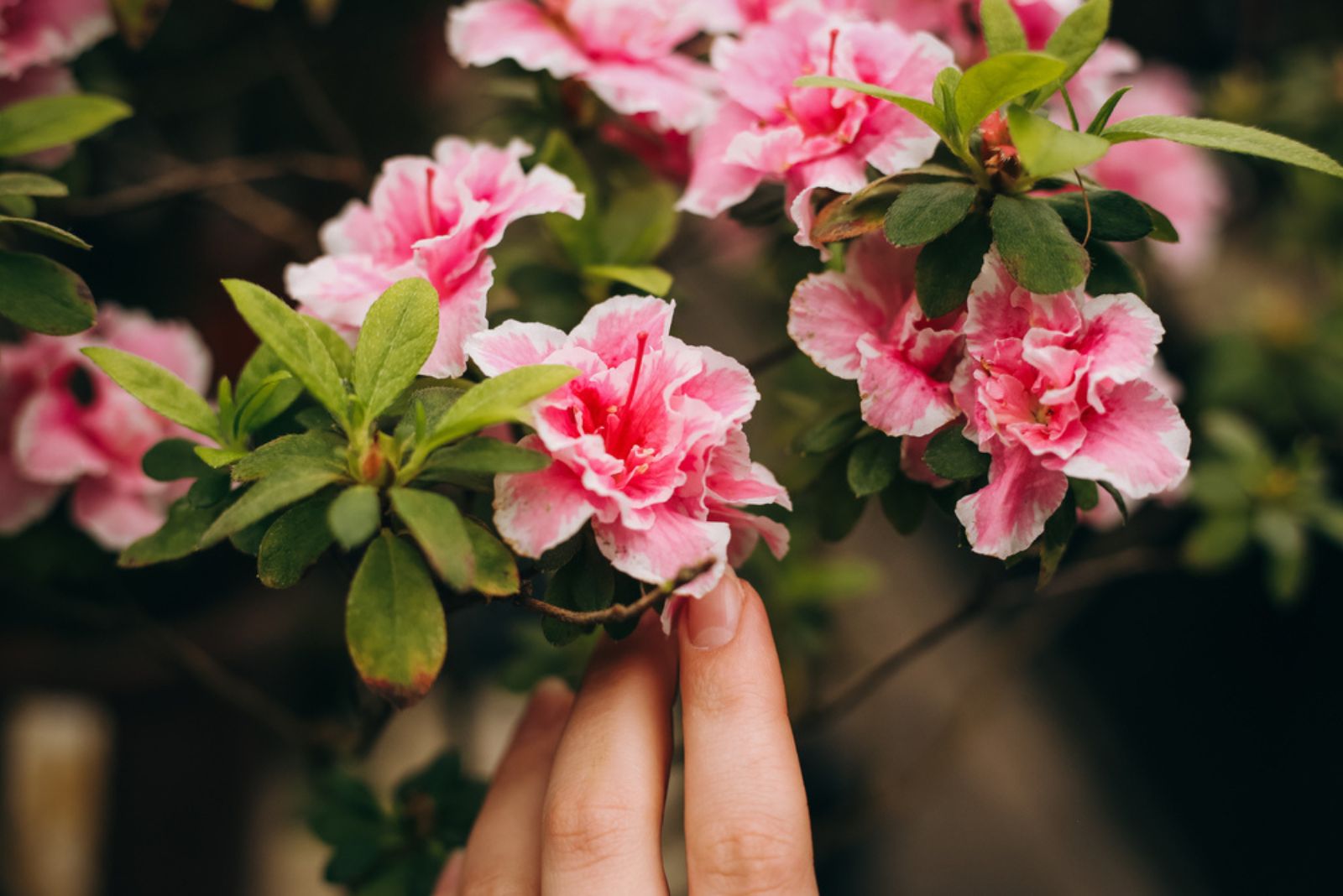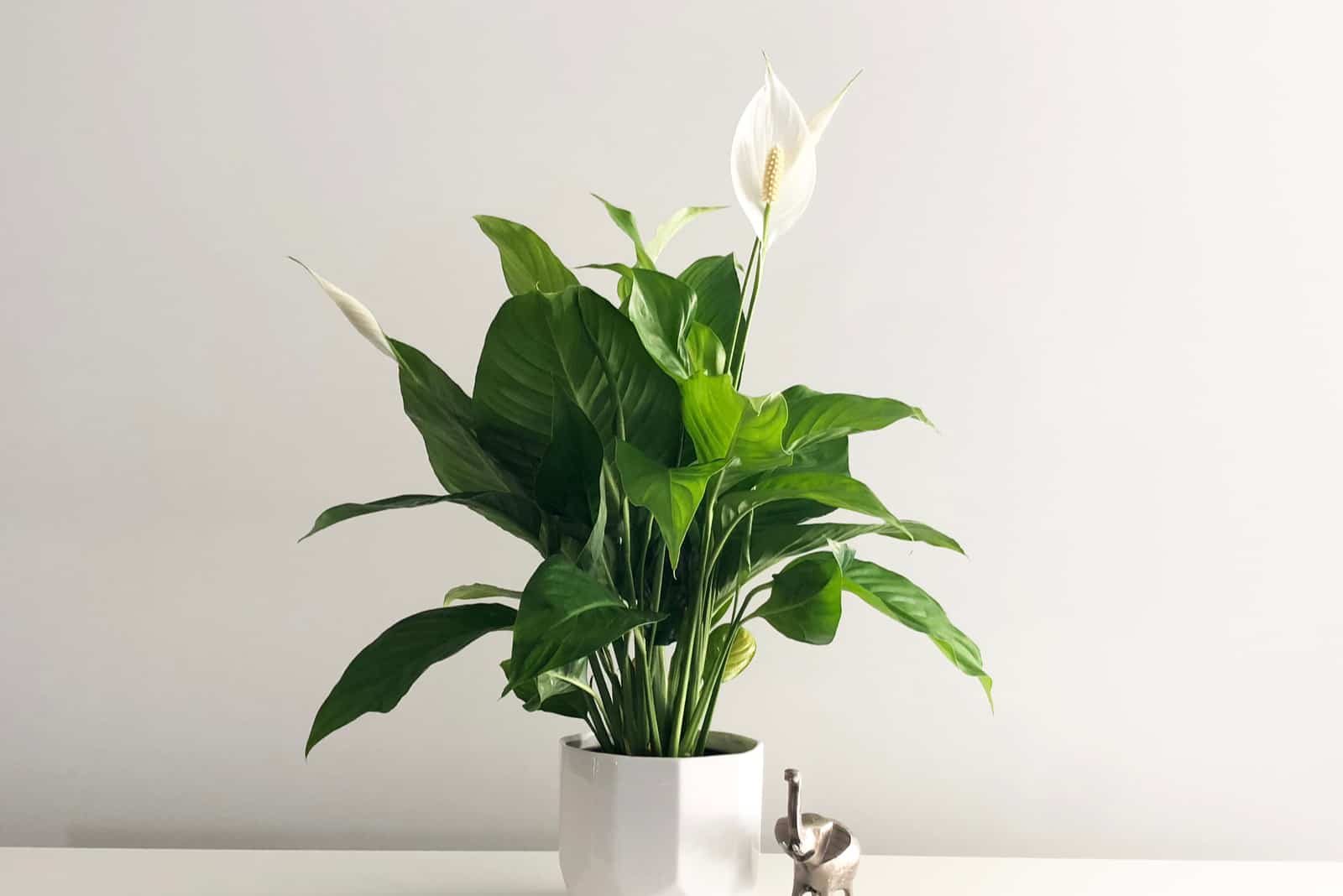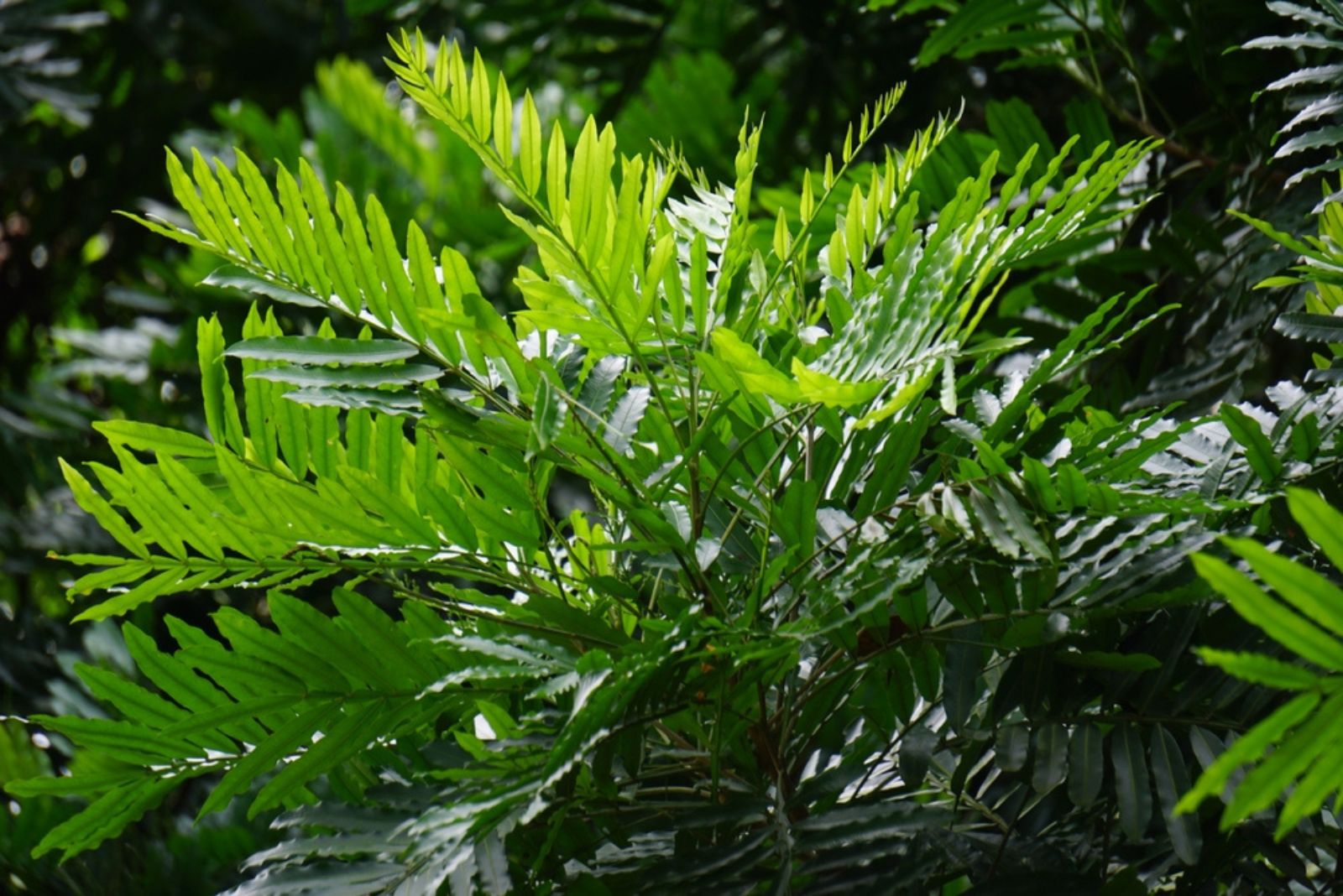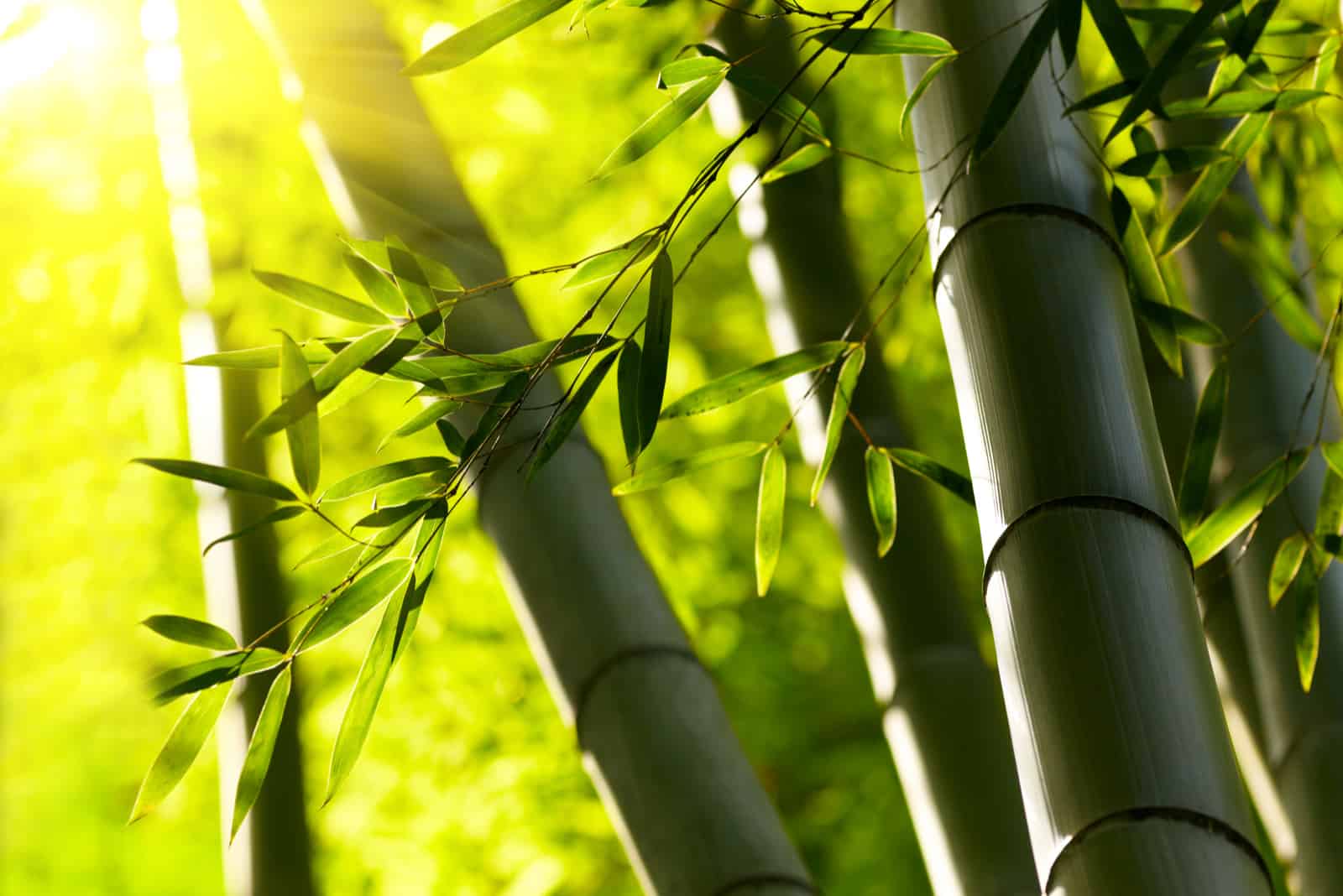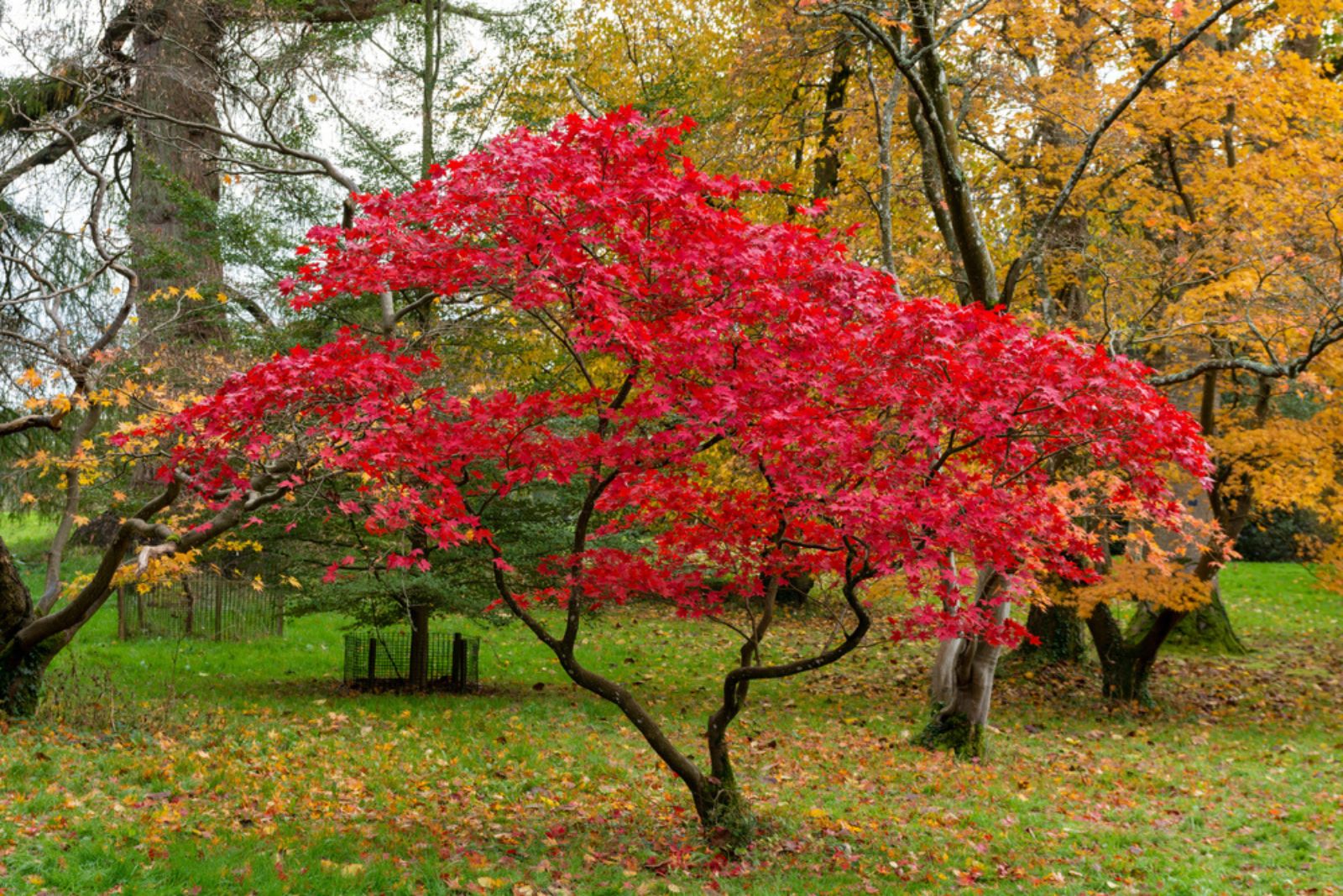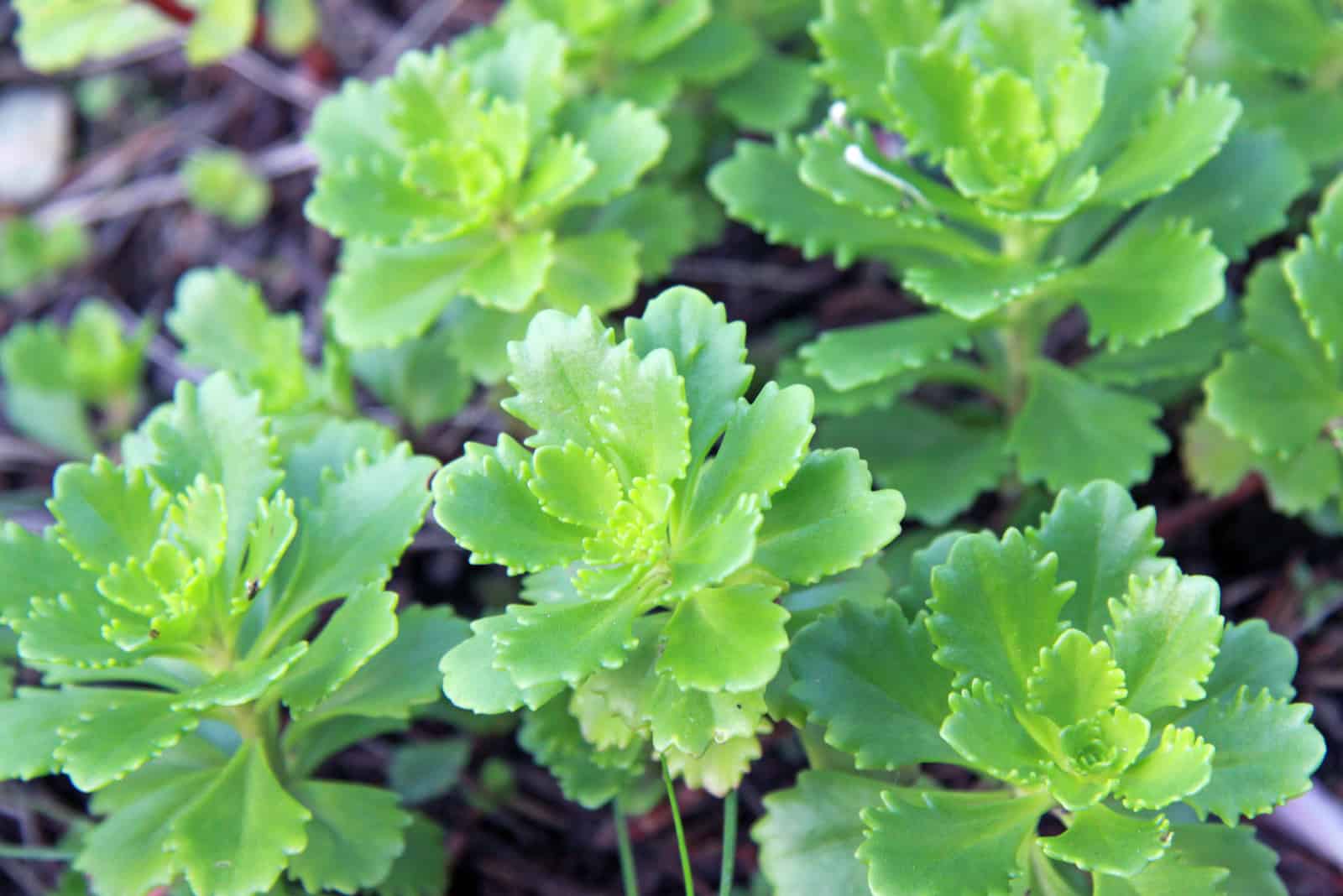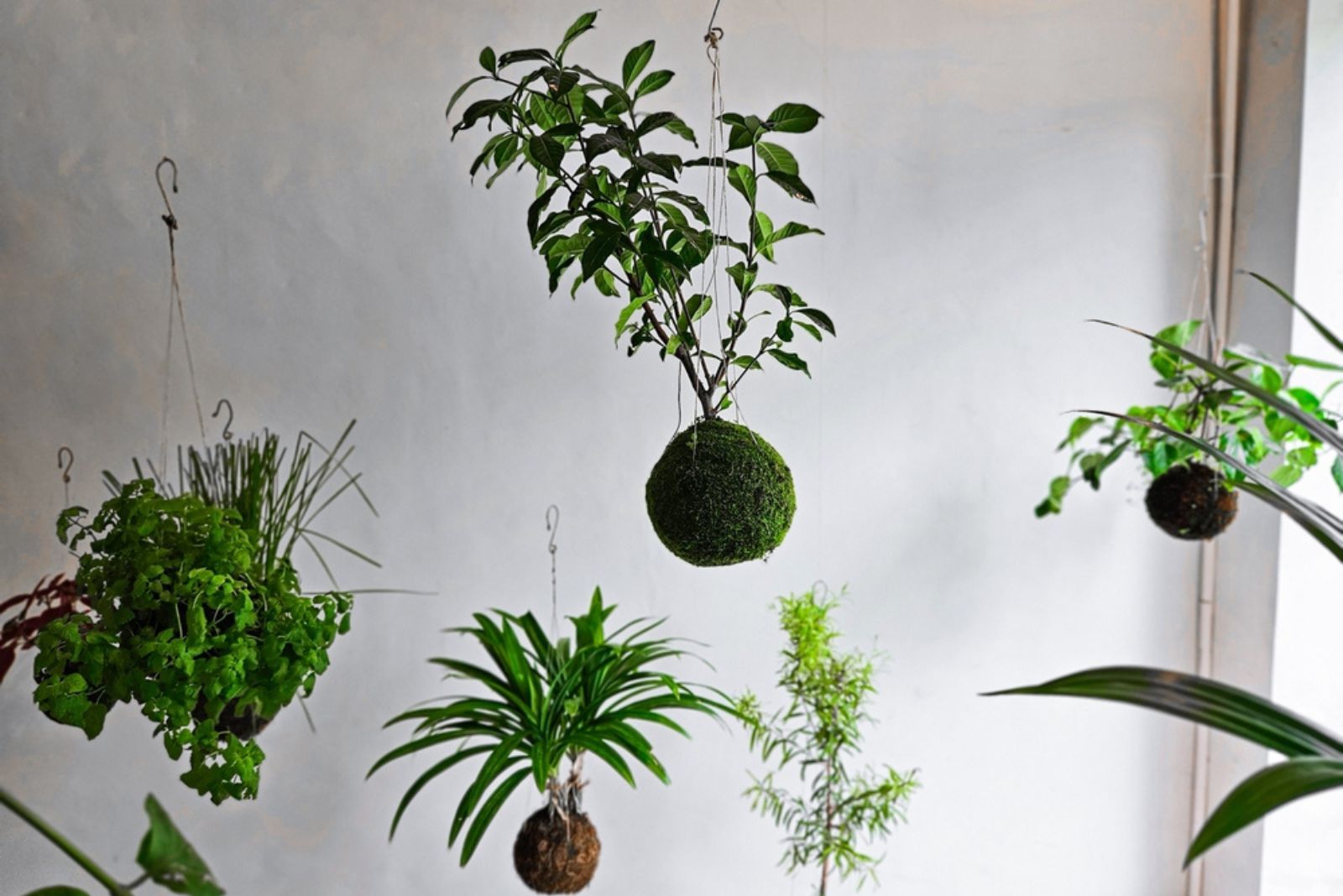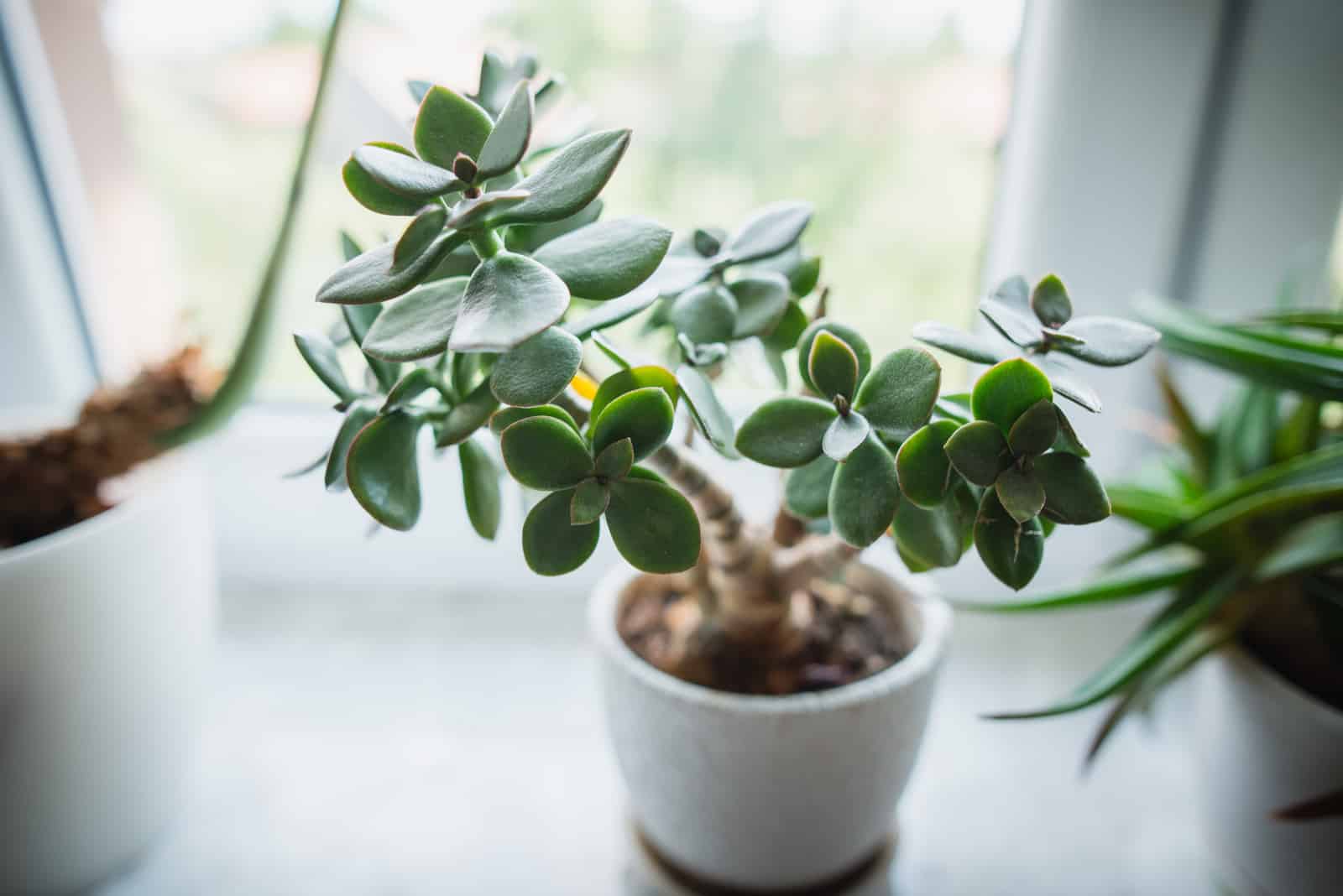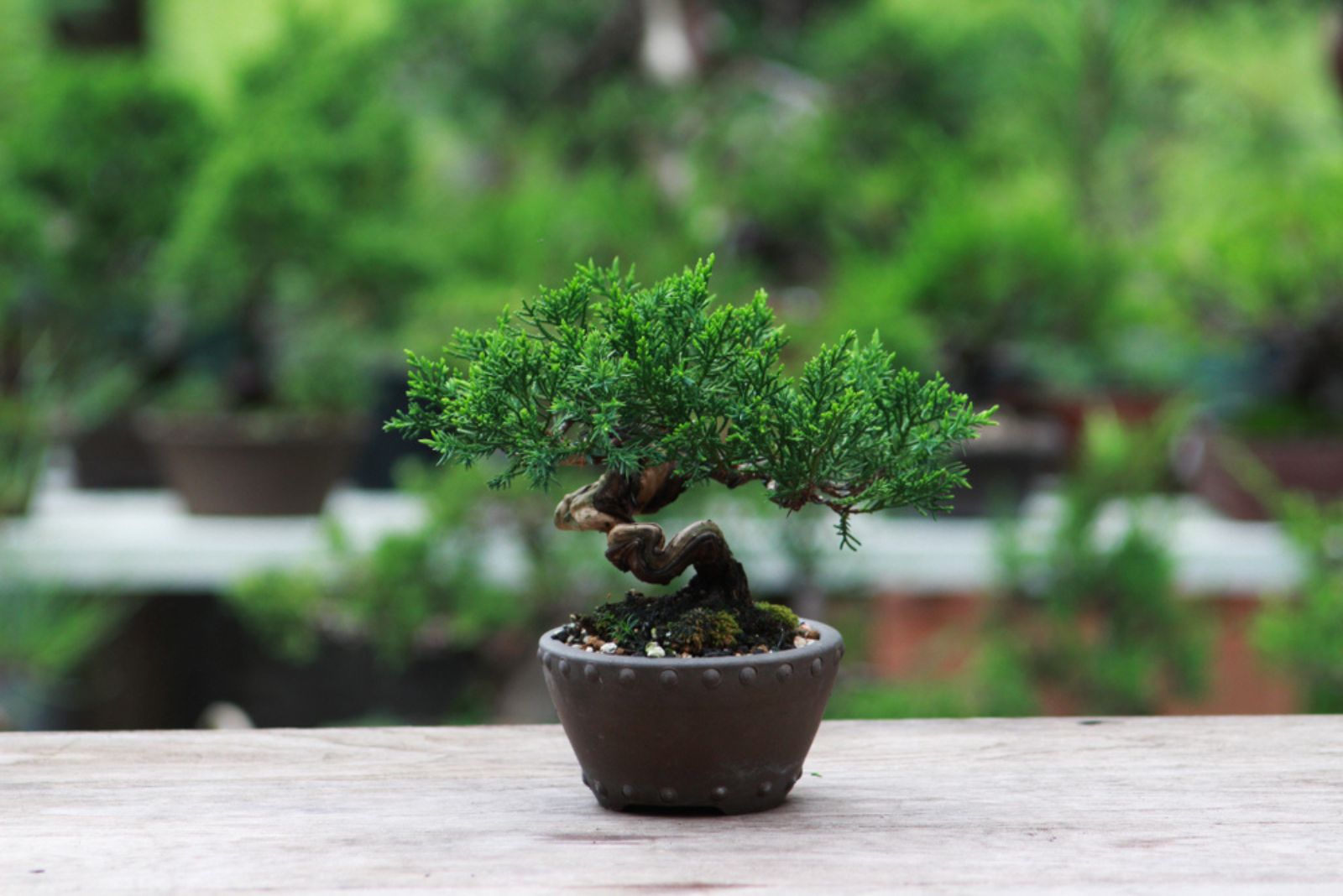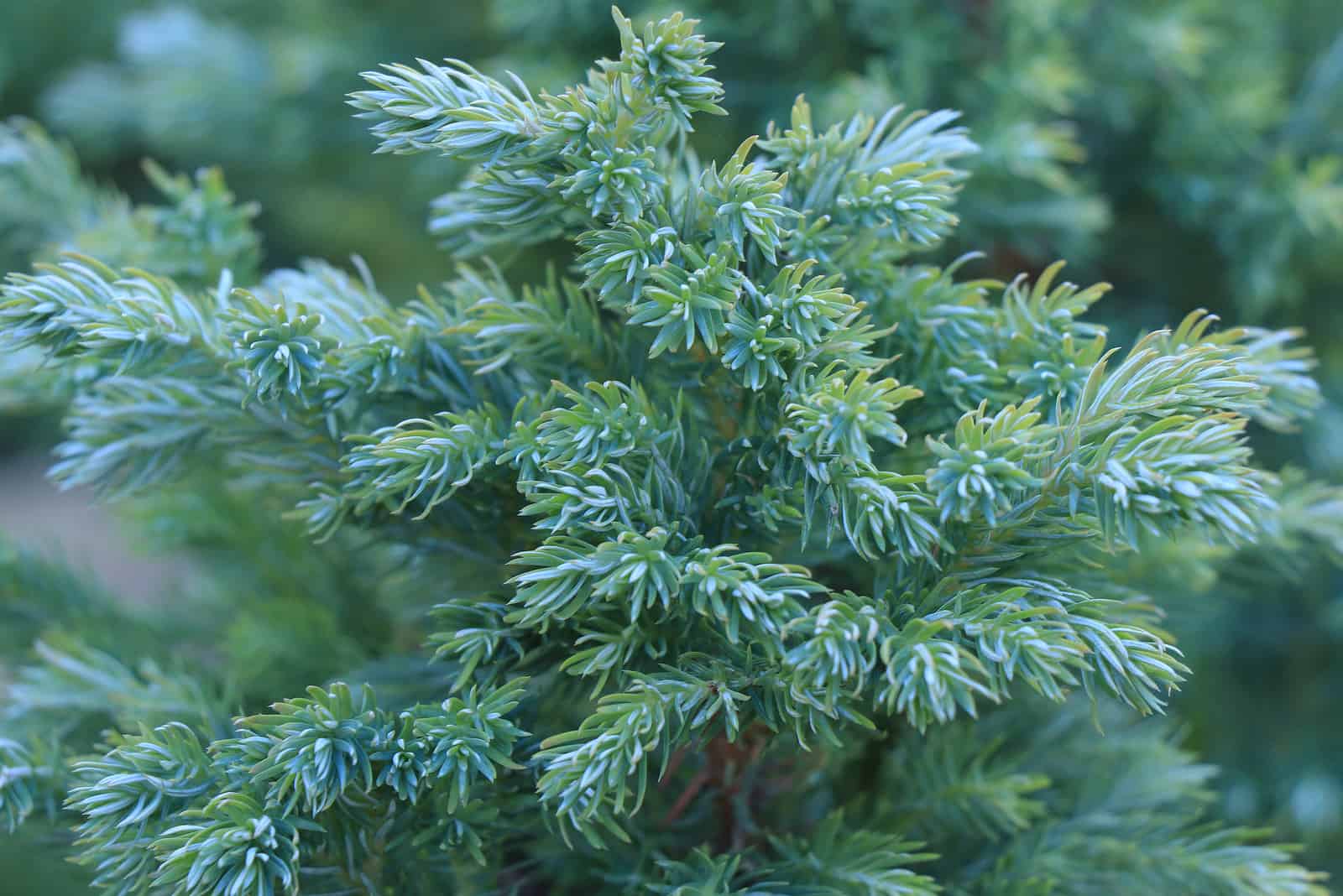If you are fascinated by Japanese culture and nature like I am, then you must buy these Japanese indoor plants that represent the essence of Japanese aesthetics!
The “less is more” approach has become trendy in home decor, and people often buy Japanese plants because they are extremely minimalistic when compared to Western’s greenery.
Aside from that, they embrace the popular wabi-sabi culture which celebrates imperfections, that is, finding beauty in incompletion and imperfection. I truly embrace this, especially nowadays when it seems that everything and everyone just has to be perfect — but we don’t, and flaws are what makes us unique and beautiful, just like these plants!
These plants are not only pretty to look at, but they are also quite easy to maintain, which makes them perfect for beginner gardeners!
If you practice Feng Shui, or just want to decorate your home with Japanese indoor plants and achieve the modern minimalist house aesthetic, check out the plants below.
Top 14 Japanese Indoor Plants For Your Home
1. Japanese Painted Fern (Athyrium niponicum)
The Japanese Painted Fern is a type of plant that can be grown both indoors and in outdoor gardens. It is usually grown in shady areas because the silvery leaves will brighten up the area a bit, making it look more lively.
Its beautiful silver ferns and red stems combine so well that they exude harmony and serenity.
There are a few different types of this plant, with different fern colors, and they can usually grow up to 3 feet tall, and about 2 feet wide.
How To Grow A Japanese Painted Fern
When it comes to cultivating any Japanese plants, the most important thing is to find an appropriate location for them. With Japanese Painted Ferns, they like places with enough bright light, however, you should keep them out of direct sunlight because it might burn those magnificent ferns.
They prefer well-drained soil that is slightly moist, so adding mulch throughout the growing season will help them retain moisture and prevent weed growth (if you are growing it as a garden plant).
Before planting, make sure to prepare the soil by adding fertilizers to provide essential nutrients for your plant. If you are growing a potted plant, make sure to buy a pot with drainage holes at the bottom, as these are required for drainage.
Water it weekly, and if you notice any yellowing ferns, you should ease up with the watering because this is an indicator of over watering — this can lead to root rot and affect the overall health of your plant.
2. ‘Leslie’ Japanese Bird’s Nest Fern (Asplenium antiquum)
The Japanese Bird’s Nest Fern is a dwarf variety of Japanese indoor plants that produces bright-green, wavy ferns which remind me of a salad from SpongeBob (don’t worry, I didn’t try to eat my houseplant).
They got their name from their ruffle ends of ferns that look like a bird’s nest, though in Japan it is known as tani-watari.
This compact plant is a great addition to your home decor, especially if you are going for the Japanese style.
How To Grow A ‘Leslie’ Japanese Bird’s Nest Fern
The ‘Leslie’ Japanese Bird’s Nest fern absolutely loves bright, indirect sunlight, though it can also tolerate low light. Being a tropical plant, it prefers a high humidity and a temperature between 65 to 75 degrees Fahrenheit.
When it comes to watering, it should be watered once every two weeks — let the soil dry halfway in between watering. Water around the base of the plant instead of directly in the center. If your ‘Leslie’ Japanese Bird’s Nest is growing in a low light area, then you should water it less than you would the ones provided with more than enough bright light.
3. Japanese Larch Bonsai (Larix Kaempferi)
The Japanese Larch Bonsai is really something else — it looks so unreal, something straight out of Avatar! This plant grows thick trunks with mesmerizing autumn colors and bright-green leaves that look just like small needles. This tree is a relatively small plant — it can grow up to 80 inches tall.
It exudes calmness and uniqueness, which is why it is the most popular bonsai tree nowadays.
How To Grow A Japanese Larch Bonsai
The Japanese Larch Bonsai has to be grown outdoors, so if you are planning on growing a Japanese garden then this is the perfect small tree for you!
It prefers growing in full sun or partial shade during summer, whilst during winter they should be protected from excess rain, mainly because they go dormant and won’t be needing that much watering or fertilization.
However, during the growing season, you should start fertilizing once you notice any opening of the buds. I would recommend that you buy nitrogen containing liquid fertilizer and apply it weekly, or you can use organic solid fertilizer and apply it every month.
It prefers moist soil, so you should water it thoroughly and never let the root ball get dry. Asides from that, the Japanese Larch Bonsai needs to be pruned frequently to maintain its size and shape — the best method is to prune the plant before it starts growing, so in winter or early spring.
Check out this video for more information about Japanese Larch Bonsai:
4. Japanese Elm Bonsai (Zelkova serrata)
The Japanese Elm Bonsai, also known as Zelkova serrata, Keyaki, or Japanese Zelkova is a popular decorative houseplant. Not only does the plant grow beautiful bark and leaves, but it is also resistant to many pests and diseases! You won’t have to worry about those annoying little creatures at last!
Its bark is somewhere between gray and brown, with engraved cuts that have a beautiful intense orange color. These cuts can be seen as imperfections, which is why they are popular in wabi-sabi culture because they make the plant even more admirable!
It grows bright green leaves that change color to yellow and red once the fall starts knocking on your door. Just imagine being able to see nature changing in your own front room, truly impressive.
How To Grow Japanese Elm Bonsai
Japanese Elm Bonsai prefers well-draining and moist soil at all times, so you should water it twice a day during summer, and ease up the watering during winter as overwatering can lead to root rot. Bear in mind that this plant is not frost hardy, so you might need to bring it indoors if you have planted it in an outdoor garden.
This plant loves the sun and it prefers growing in direct sunlight — however, it should not be exposed to extreme sunlight for too long, as this can burn those delightful, small leaves. The best idea is to keep it near a window that gets just enough sunshine throughout the day.
The Japanese Elm Bonsai should be pruned during winter or early spring, so it can maintain its size and shape. To promote new growth, occasionally add a potassium rich fertilizer to it during winter, but not too much as it can lead to a chemical build up in the soil.
5. Japanese Aralia (Aralia japonica or Fatsia japonica)
In addition to its shrub-like appearance, the Japanese Aralia is a famous, hardy plant that is quite easy to take care of, which is why they are perfect for beginner gardeners.
The Japanese Aralia produces evergreen lobed and large leaves with a leather-like texture that can grow up to 1 foot wide! These plants are one of the rare tall plants that can grow up to 10 feet tall, even when grown indoors!
What is special about this plant is that it produces small, white flowers during fall, which makes it even more desirable. There are many varieties of this plant, such as the Spider’s web, Variegata, Annelise and Moseri.
How To Grow Japanese Aralia
Japanese Aralia prefers moist, slightly acidic, and well-drained soil. You should water this plant regularly as it is essential for its growth — don’t let the soil dry out completely. You can also add a weak liquid fertilizer during the growing season to provide your plant with nutrients.
They like full to partial shade, so they are perfect for the empty, shady parts in your indoor garden. This is handy, since most plants usually prefer growing in full sun, it can be hard to achieve the perfect indoor garden.
Japanese Aralia are tropical plants, keep them away from cold areas as they require higher temperatures ranging from 60 to 70 degrees Fahrenheit. Pruning is necessary with this plant, and the best method is renewal pruning, where you cut the plant completely to the ground and let it grow again from scratch next season.
6. Azalea (Rhododendron)
We are going in a different direction here, mentioning the more colorful indoor houseplants, such as the Azalea. The Azalea is a dwarf shrub that produces soft pink flowers every spring — if you want to add a bit of color to your home decor, then an Azalea is the perfect choice for you!
If you are considering growing a Japanese garden, then you must plant an Azalea because it works so well outdoors; its pink flowers, together with twisted branches and glossy green leaves, will combine so well with the other greenery in your garden.
These plants symbolize family, as well as elegance and fortune.
How To Grow Azalea
Azalea prefer having acidic, well-drained soil that is rich in nutrients, which is why you should avoid using mushroom compost that lowers the pH of the soil. Keep the soil moist, however, avoid over watering as this can lead to root rot.
This plant is extremely sensitive during winter, so bear in mind to water it less and constantly check the overall health of your plant.
The Azalea thrives in areas with direct and low light, especially during spring, which is the period when an Azalea grows and produces flowers.
7. Japanese Peace Lily (Spathiphyllum)
As the name suggests, the Japanese Peace Lily symbolizes harmony and peace. These plants are commonly used when practicing Feng Shui, along with snake plants, money trees and orchids.
The Japanese Peace Lily grows beautiful white flowers with large leaves that tend to droop if the plant is being underwatered. The leaves can reach up to 2 feet tall, and 7 inches wide.
Not only will it make your living room look much more elegant, but it has also been said that a Japanese Peace Lily can actually purify the air indoors!
How To Grow A Japanese Peace Lily
The Japanese Peace Lily is a low-maintenance plant that can grow in various conditions. For instance, it can grow in partial to full shade, with a high tolerance to drought too. You will have to water it thoroughly, and then wait for the soil to completely dry out before watering it again. I would recommend you water it once a week.
The best temperatures for this plant range from 65 to 85 degrees Fahrenheit, and it should be fertilized only during the growing season.
8. Japanese Fern Tree (Filicium decipiens)
It was quite difficult to identify whether this plant was a fern or a tree, thus it got the name the Japanese Fern Tree!
It grows large, shiny, green leaves that can be more than 5 inches long once they mature. These symmetrical leaves are truly aesthetically pleasing, which is why this plant is often used for ornamental purposes. Asides from this, they also produce white flowers that transform into inedible, black berries.
This small tree can reach up to 25 feet tall and it has a compact appearance, which is why they are perfect for Japanese gardens, as well as indoors.
How To Grow A Japanese Fern Tree
The Japanese Fern tree is easy to take care of; it is not susceptible to most pests and it does not require constant pruning. When it comes to its light requirements, it thrives in direct sunlight and it should get at least 8 hours of sunshine throughout the day. It prefers growing in well-drained and moist soil that is slightly acidic.
When it comes to watering, you should let the soil dry a bit before watering it again — every couple of days should work the best. It is not frost hardy, so Japanese Fern trees won’t tolerate temperatures below 55 degrees Fahrenheit.
Apply a granular fertilizer during spring, summer and fall, however you should avoid fertilizing it during winter. Make sure to get a high-quality fertilizer, as the roots of this plant are sensitive and can be damaged by the excessive salts in some fertilizers.
9. Japanese Bamboo (Dracena Surculosa)
Bamboo plants are popular decorations nowadays, especially the lucky bamboo, which is believed to bring good luck and fortune when grown indoors. Lucky Bamboos are perfect gifts for friends and family, however, you should try your luck and get yourself one too!
It produces stalk-like stems that are accompanied with small green leaves, and it requires about three years to reach full maturity. They are used to make bamboo trellis which is a great moss pole alternative.
The Japanese Bamboo is a really unique plant that is worth the money, mainly because you might get that money back and much more!
How To Grow Japanese Bamboo
Japanese Bamboo can be grown in water or soil which is why it’s on the list of rare houseplants that don’t need drainage. If you grow it in water, make sure to change the water frequently, and use filtered water on this occasion. When grown in soil, keep it moist and make sure that it has proper drainage.
This plant thrives in indirect, bright light — make sure to keep it away from direct sunlight as it can burn those pretty little leaves.
10. Japanese Maple Tree (Acer palmatum)
Probably the most extravagant plant of them all — the Japanese Maple tree produces fiery red leaves that make it hardly unnoticeable. It will definitely add color to your living room, I can guarantee that.
The Japanese Maple tree truly captures the essence of Japanese style, and it is perfect for growing indoors and outdoors. It can grow up to 25 feet tall, however, it won’t reach this height when grown indoors.
These red leaves are not red all the time; during summer, they produce green foliage which changes color to red once the fall begins. However, these green leaves are also very aesthetically pleasing, and they exude calmness and harmony.
How To Grow A Japanese Maple Tree
The Japanese Maple Tree can grow in different soil types, although it grows best in moist, well-drained soil that is slightly acidic. It requires moderate sunlight, and can tolerate low climates, though they prefer slightly warmer temperatures. Extreme sunlight exposure can burn the leaves (and you won’t end up with a red leafed plant).
You should water it everyday during summer, and ease up a bit during winter. Add fertilizers once every two weeks during the growing season; in fall, apply nitrogen-containing fertilizer at least once a month.
Choose bonsai pots for your indoor bonsai, or DIY the most beautiful pot for your Japanese Maple tree! You should also prune it regularly to maintain its shape.
11. Japanese Stonecrop (Sedum ellacombianum)
The Sedum ellacombianum or Japanese Stonecrop are probably one of the easiest plants to take care of — they require almost no care, just like stones, hence the name Stonecrop.
They can survive in many harsh environmental conditions, and for a long time as well!
This is a compact plant that produces vibrant, green succulent leaves that look just like little green coins. It is a dwarf variety, making it perfect to put on a shelf or add to a small terrarium.
How To Grow A Japanese Stonecrop
Even though they are called Stonecrops, you can’t exactly treat them as stones. They require full sun to partial shade and well-draining soil.
It can adapt to different temperature conditions, ranging from 60 to 80 degrees Fahrenheit, but the lowest temperature that it can survive at is 23 degrees Fahrenheit! It is also drought tolerant, and it can be watered once every two weeks or less.
12. Kokedama Plants
Kokedama represents a unique Japanese technique of creating aesthetic living art forms by combining moss balls and indoor plants.
Kokedama plants are also referred to as poor man’s bonsai, and many different plants can be combined in this practice; the best plants for kokedama are pothos, philodendrons, monstera, and so on.
Kokedama plants grow best in well-aerated, moist soil and should be watered with small amounts of water regularly. They will need indirect sunlight as well.
13. Money Tree (Crassula Ovata)
This lucky plant is a succulent that lives for a long period. It’s a South African native that’s mostly utilized as a decorative indoor plant due to its beautiful pink and white blossoms. It’s also quite compact, so you can easily place it on a table to create a lively work environment.
This plant is grown as a bonsai tree in Japan, and it is believed that it brings good luck and prosperity when grown indoors!
How To Grow A Money Tree
When it comes to plant care, the Crassula ovata thrives in moderate temperatures and indirect light. Water it moderately as well, because over watering can cause root rot. Always let the soil dry up before watering it again.
14. Juniper Bonsai (Juniperus)
Juniper bonsai are famous decorative plants that produce alluring foliage and are quite easy to take care of. Their leaves have needle-like structures, and their color can vary, from dark green to blue.
It has relatively small growth, and some Juniper bonsai varieties can also grow as shrubs — a perfect addition to small terrariums!
How To Grow A Juniper Bonsai
The Juniper Bonsai thrives in a location with bright, direct sunlight. Water them moderately, and let the soil dry slightly before watering. You should apply organic fertilizer once a month during the growing season, or even a liquid fertilizer that can be applied once a week.
Ease up with the fertilizers during the winter season, and prune your Juniper bonsai in early spring to maintain its shape.
Final Thoughts
Out of 14 different Japanese plants, I am sure that you have found something perfect for your own minimalist home decor!
You don’t have to be a buddhist or Japanese to embrace the perfect imperfections of the wabi-sabi culture. Not only will Japanese indoor plants make your home look much nicer, but they also carry a powerful message to embrace our imperfections and not to hide them!
I personally absolutely love the Japanese style, especially those plants that are quite easy to take care of (I am a busy bee that absolutely adores plants!).
At last, you can buy some types of Japanese indoor plants like the Money Tree or Lucky Bamboo and attract good fortune and prosperity into your life! 🙂
Like this post? Share or pin it for later!

